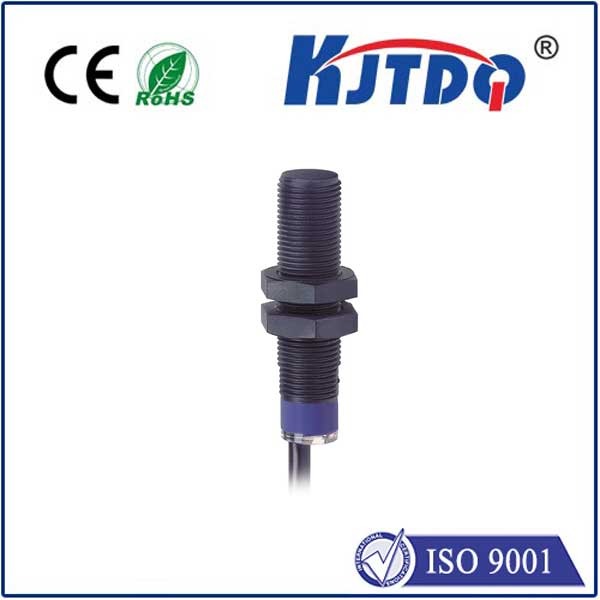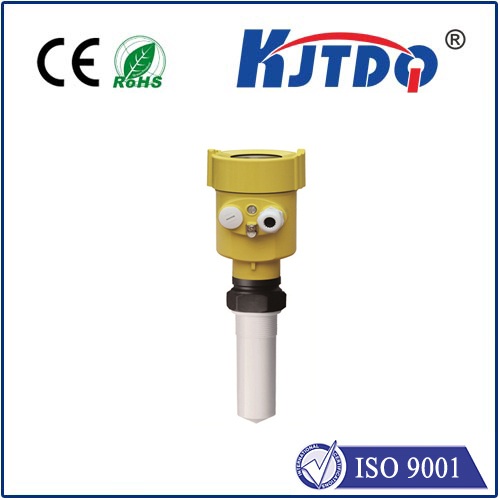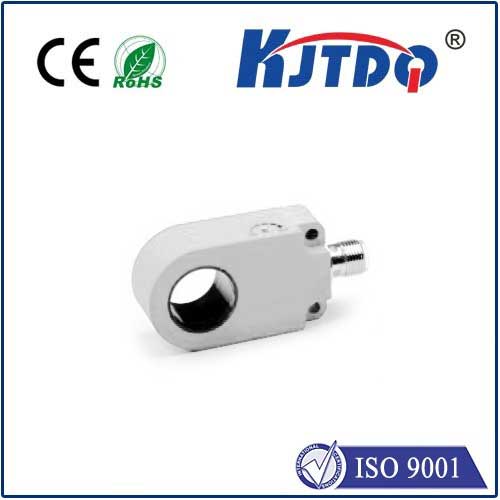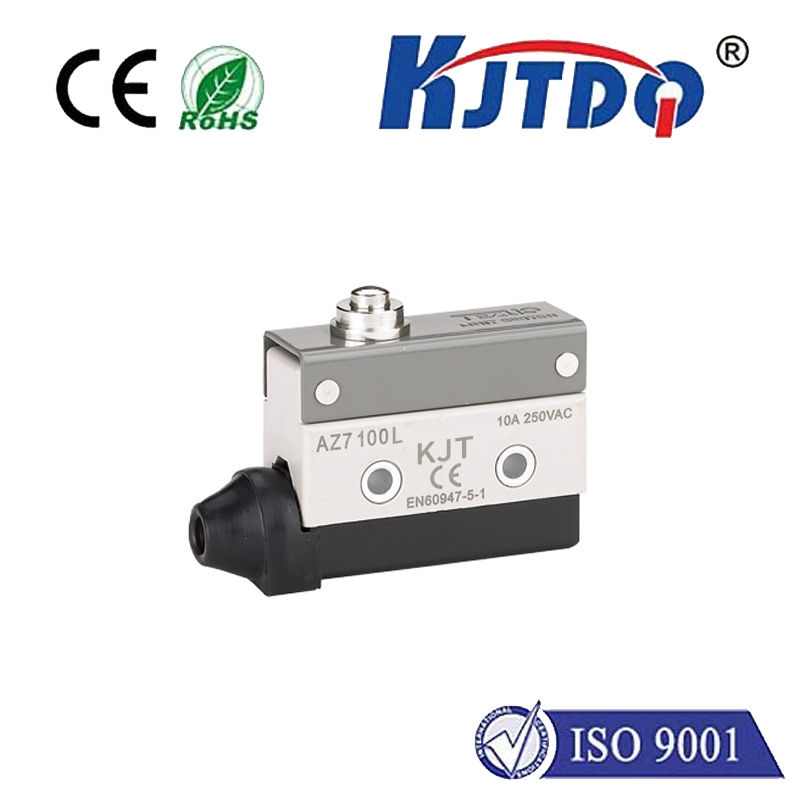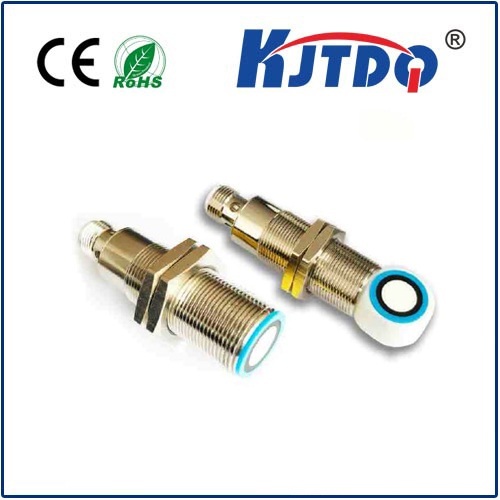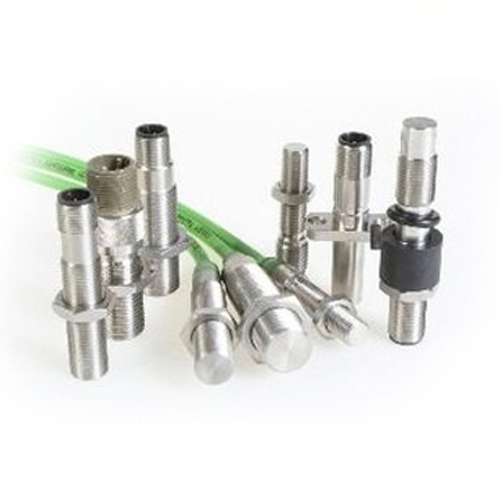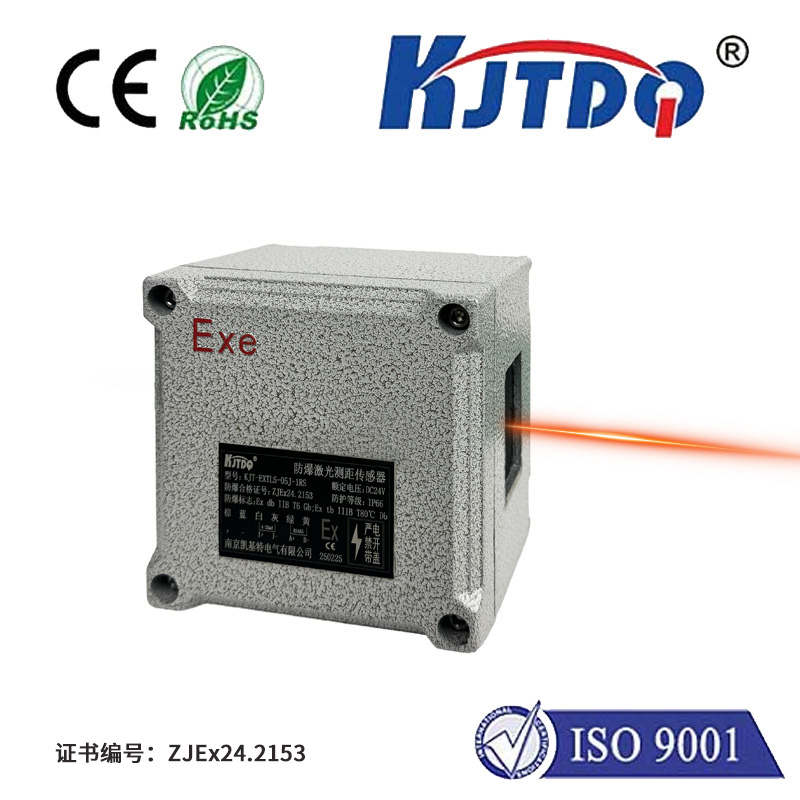

check

check

check

check

check

check

check

check

check

check
In the rapidly evolving world of technology, few innovations have had as significant an impact as the npn capacitive sensor. These tiny devices play a crucial role in a wide range of industries, from electronics and automotive to healthcare and aerospace. In this article, we will explore the fundamental workings of npn capacitive sensors and their diverse applications in modern society.
Part 1: The Basics of NPN Capacitive Sensors
A ppen diagram of an NPN capacitive sensor is often the first introduction to these devices for many people. However, it's essential to understand that there is far more to these seemingly simple instruments than meets the eye. At their core, npn capacitive sensors work based on the principle of capacitance. When two conductive materials are brought together, an electric field is created between them, causing a charge to build up at one end. This charge can be measured, and its level indicates various properties of the surrounding environment.
Part 2: Applications of NPN Capacitive Sensors
The applications of npn capacitive sensors are numerous and diverse. In the automotive industry, they are used to measure the distance between objects in the car's path, improving safety features such as collision avoidance systems. In medical devices, they are used to monitor vital signs and detect changes in health status. In the aerospace sector, they are employed for tasks such as measuring the thickness of ice on aircraft wings or verifying the integrity of space structures. In the realm of consumer electronics, they are used in everything from smartphone sensors to home security systems.
Conclusion: Enhancing Our Lives with NPN Capacitive Sensors
As our world becomes ever more complex and interconnected, the importance of innovative technologies like npn capacitive sensors cannot be overstated. Their ability to measure and interpret data in real-time has revolutionized countless industries, improving efficiency, accuracy, and safety across the board. As we look to the future, it is clear that these tiny devices will continue to play a central role in shaping our world.
